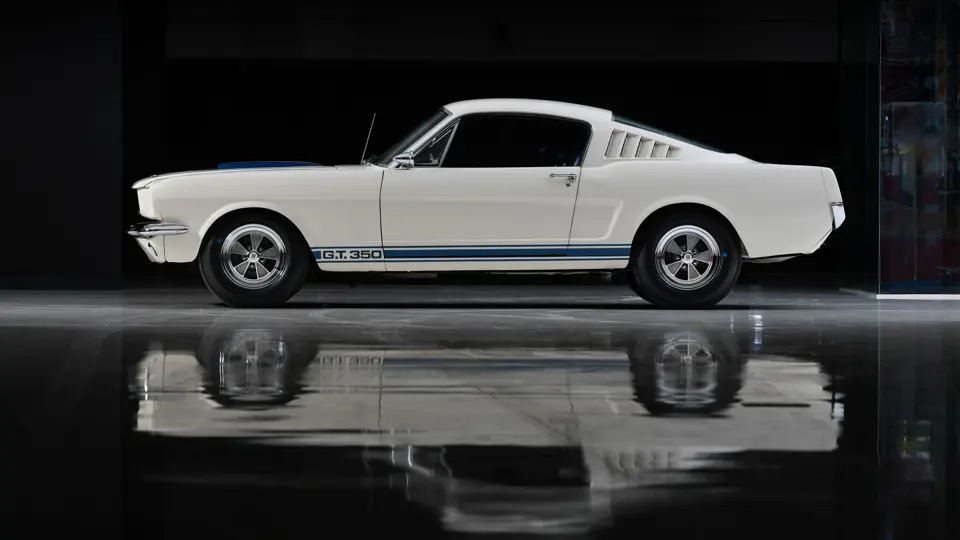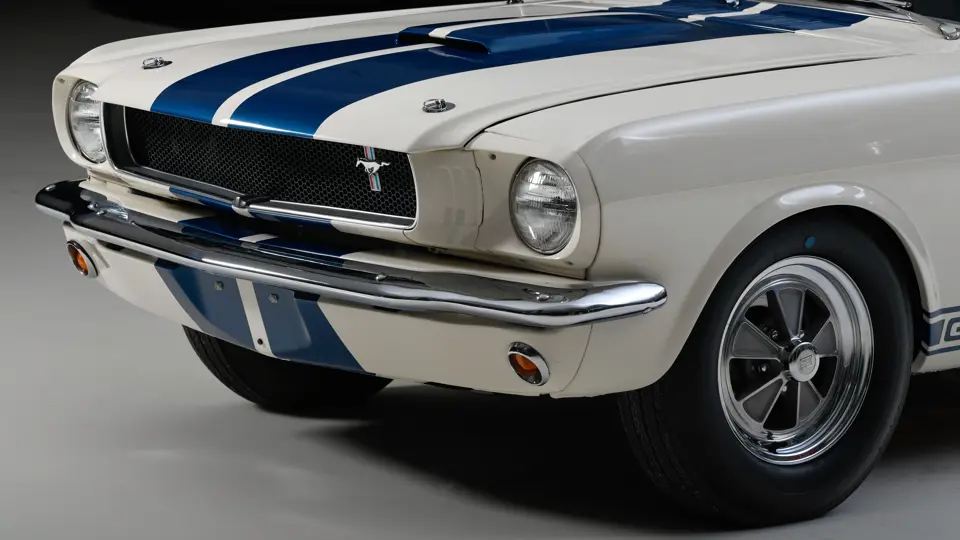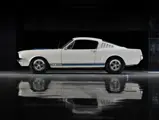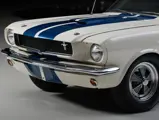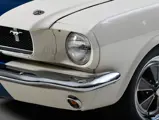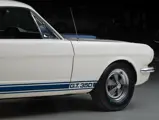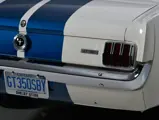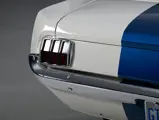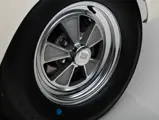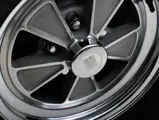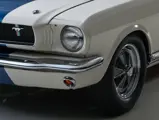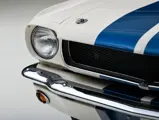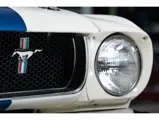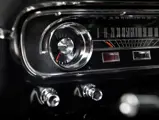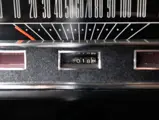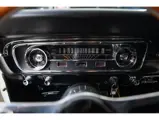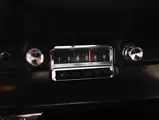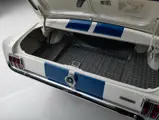Also, this vehicle is titled as a Ford Mustang.
The Ford Mustang made its highly anticipated debut on 17 April 1964 at the New York World’s Fair. Well-received by the public with its sleek styling and litany of customizable options, the Mustang was initially offered in convertible and two-door hardtop body styles, with the addition of a sportier 2+2 fastback design in the Fall of 1964. As part of the introduction speech to the press, Ford’s then vice-president Lee Iacocca made a point to state the Mustang would be, “a sports car suitable for street use or competition.”
Iacocca knew the only way to create a performance image for the new Mustang was to achieve it in racing. He turned to Carroll Shelby, who at the time was managing Ford’s GT40 race program, and also coming off of a season in which his Daytona Cobra won the coveted World Sports Car Championship title in 1965. Shelby would accept the project and build on the success of the Cobra. The GT350, as the new Shelby Mustang would be called, upheld the performance pedigree of the brand, with the GT350R variant achieving SCCA B-Production champion status three times.
Shelby used Ford’s “K-code” Mustang fastback as the base for the project. For 1965 GT350s, all were finished in Wimbledon White with Guardsman Blue rocker stripes. The team at Shelby American further equipped the “K-code” with a fiberglass hood, upgraded front and rear suspension setups, a lightweight aluminum T-10 gearbox, and a Detroit locker rear axle. The “K-code” engine itself received an aluminum intake, Holley carburetor, and tri-y headers. The interior would be stripped of the back seats to meet the two-seat sports car SCCA requirements, replaced by a fiberglass package tray to house the spare. A center-mounted dash pod was added with Shelby tachometer and oil pressure gauges, and a wood-grain steering wheel was installed along with a momentary horn switch on the dash. Optional equipment included over the top Le Mans stripes and Shelby/Cragar wheels. The result was a production class-racing powerhouse that easily met the challenge from other cars of the day, including Ford’s American rival, the Chevrolet Corvette. Shelby American produced only 562 GT350s in 1965, and they are considered the most desirable year of the model.
This 1965 Shelby GT350, chassis number SFM 5S226, was received at Shelby American on 7 May 1965 with work starting on the car that very same day. The car was completed on 13 May 1965. It was ordered on 1 June 1965 and three days later shipped via rail to Adamson Ford, Inc. of Birmingham, Alabama; the dealership was invoiced $3,716.45, including freight. According to the SAAC Registry, Betty Culp of Texas was the first owner. By October of 1978 it was purchased by Lee Larsen of Shreveport, Louisiana. A Louisiana state inspection sticker remains in the file from 1990, presumably from Mr. Larsen’s ownership.
The car was eventually purchased by Lee Herrington of Bow, New Hampshire, owner of the Herrington mail order company. According to the SAAC Registry, during his ownership the car was restored by Fitzgerald Motorsports of Laconia, New Hampshire, and would even grace the cover of a Herrington catalogue.
By the early 2000s the GT350 was purchased by noted collector and Ruxton expert Jim Fasnacht of Houston, Texas. Under Mr. Fasnacht’s ownership the R-style front apron was removed, replaced with a stock apron and bumper, concours-correct hoses and clamps were installed, correct decals were applied to parts, the car was rewired with a factory harness, a new rear fastback window was made with the proper date code, a set of period-style “blue dot” tires were mounted, all this along with refinishing or replacement of a number of other parts. Invoices of the work done under Mr. Fasnacht’s ownership are on file.
In March of 2013 the GT350 was purchased by the Dare to Dream Collection. The exterior presents beautifully, fully detailed in the legendary shade of Wimbledon White with Guardsman Blue Le Mans stripes. Like the exterior the engine bay is just as nicely finished, and the glorious notes of the engine can be heard through side exit exhausts just aft of the doors. The interior features a radio, wood-rimmed steering wheel, a Shelby GT350 gauge pod which houses the tachometer and oil pressure gauges, Rupert Industries lap belts, and Coco Mats.
The confidential Ford serial number on the driver side fender has been verified by SAAC registrar Howard Pardee, document on file. Additionally, the SFM number stamp is visible on the passenger side fender. It should be noted that the car’s engine is an unstamped block, and the casting code has been concealed. The engine features cylinder heads with castings 20 and 21, a dual-point distributor, and a Holley 715-cfm carburetor. The engine is mated to a four-speed Borg Warner T-10 transmission (casting code T10B-1). Power is sent to a rear axle with a third member that is believed to be from a later Ford.
One of 562 Shelby GT350s built for 1965, this remains a sought-after model for Shelby and muscle car collectors alike. Ready to take on any Corvette, this is a beautiful example of the high-performance first-generation Mustang: Carroll Shelby’s legendary GT350.




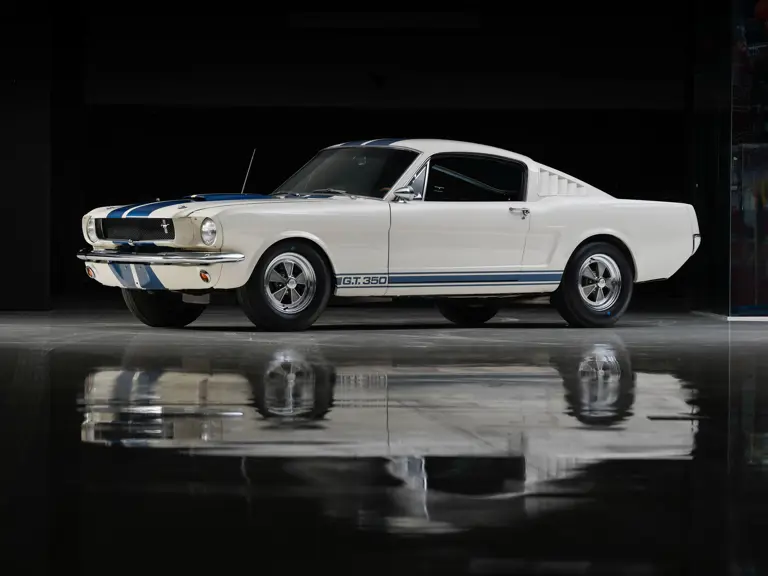

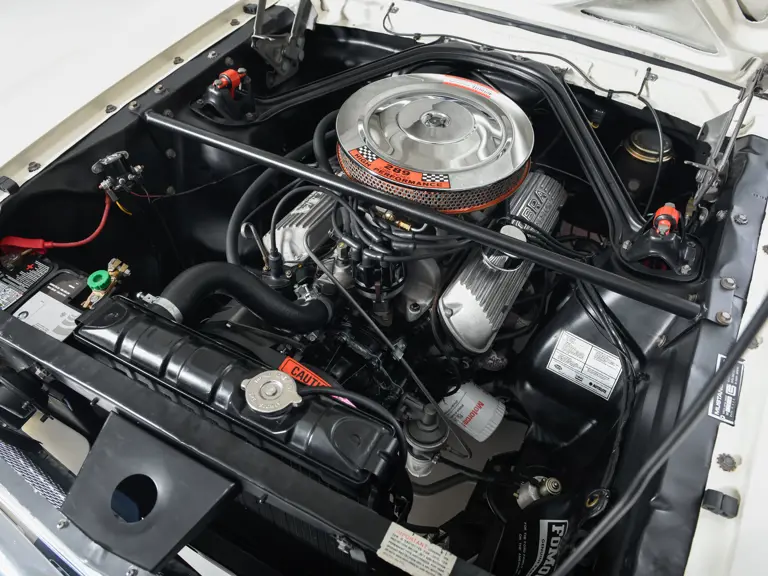
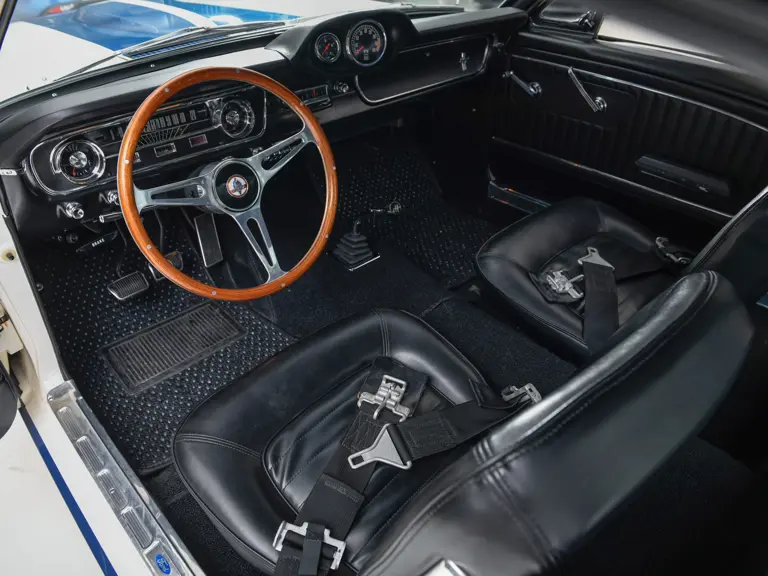
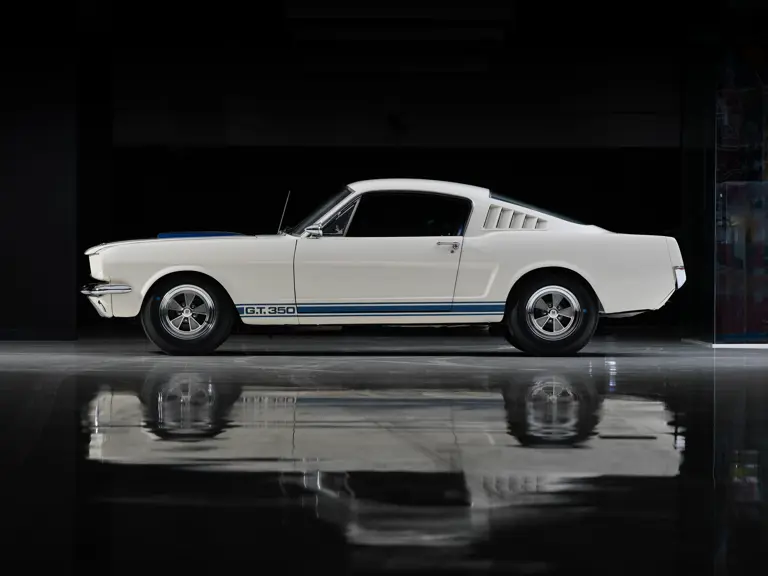
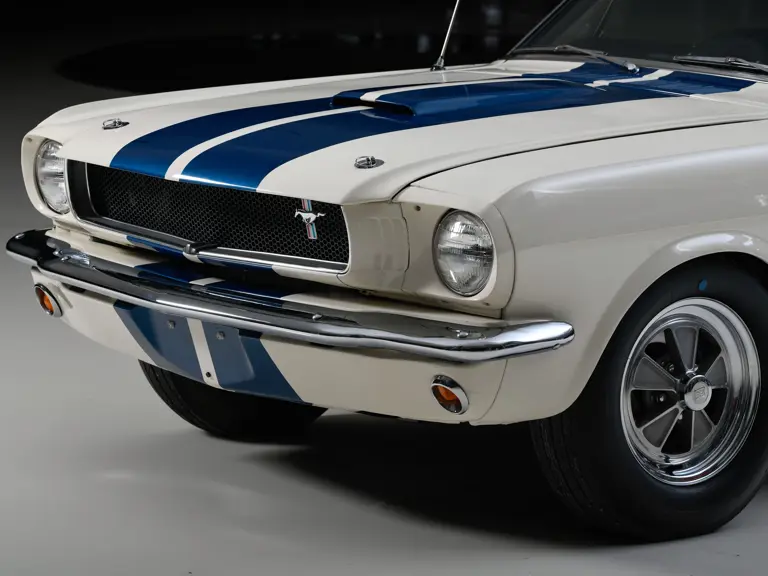
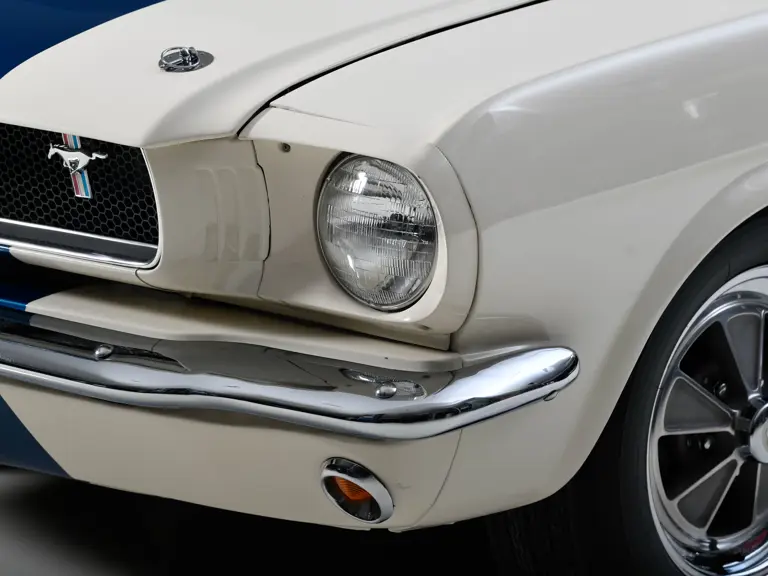
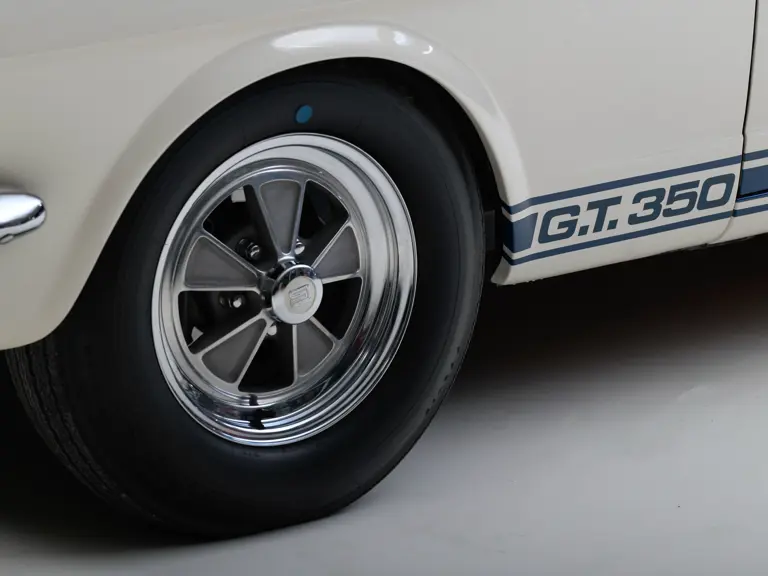

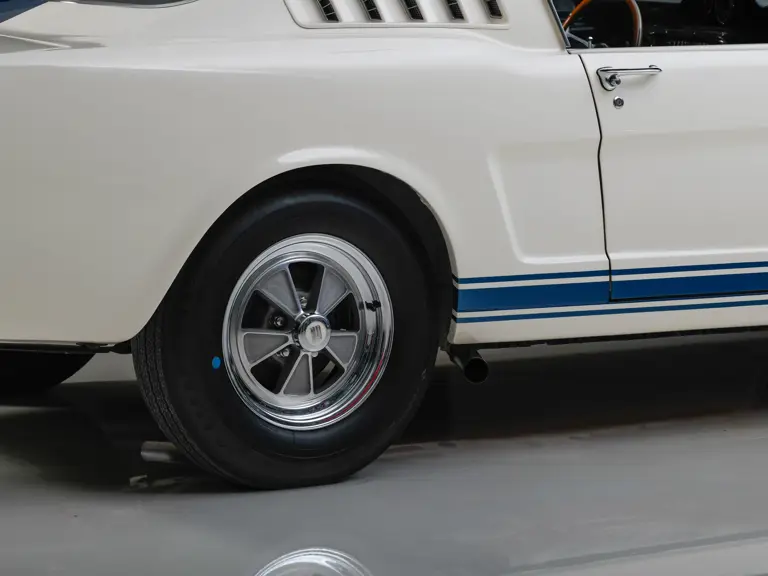

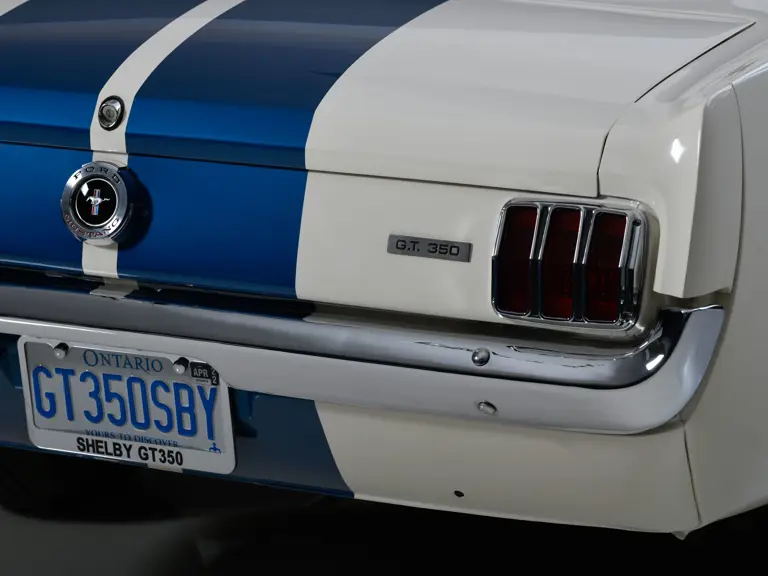
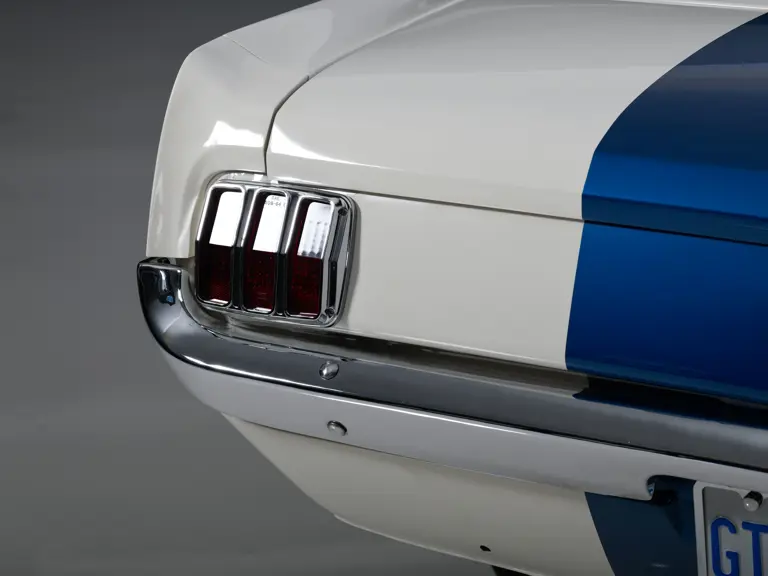

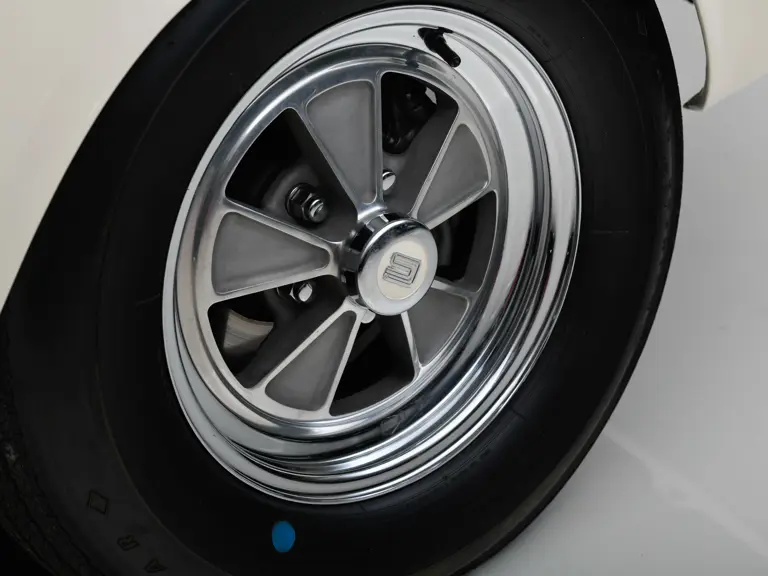

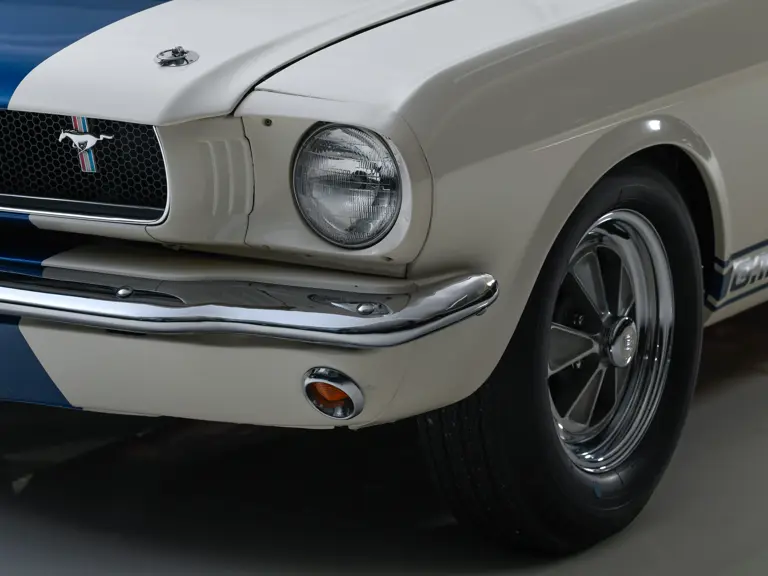
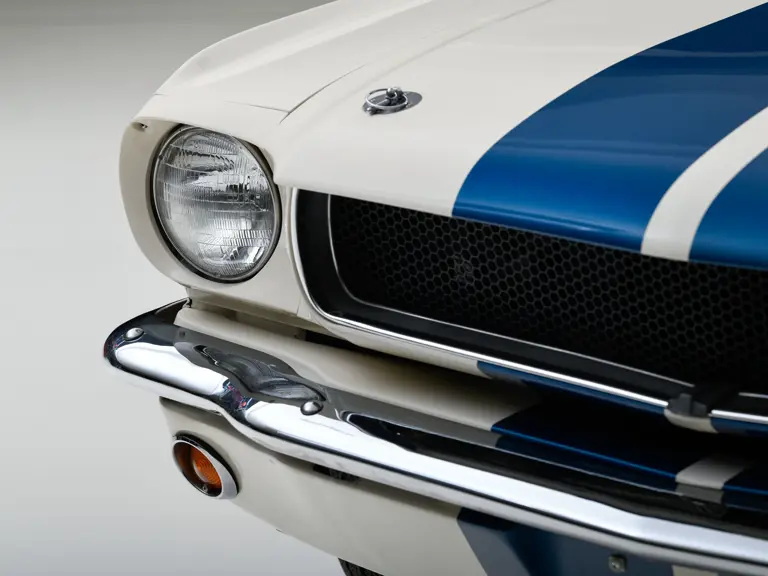

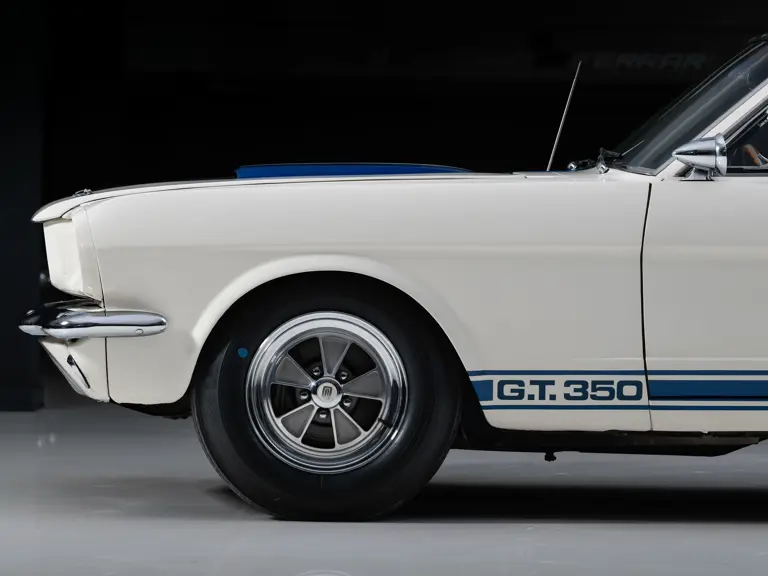

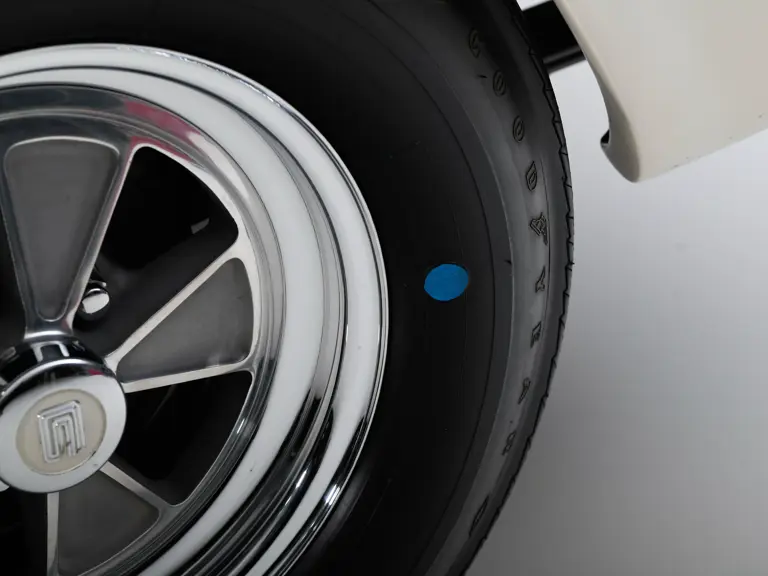
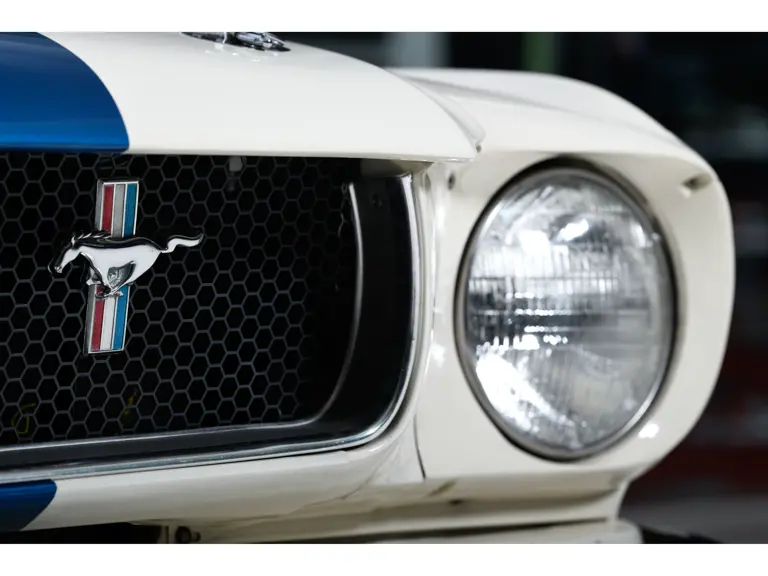
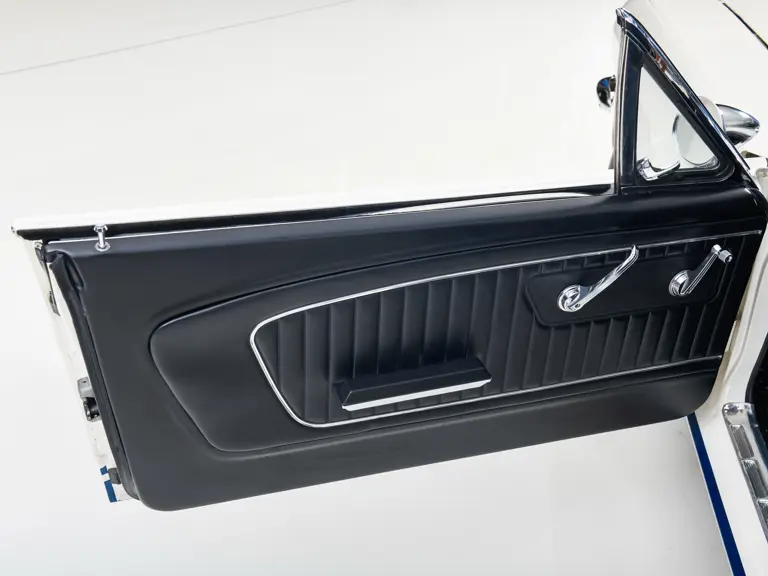

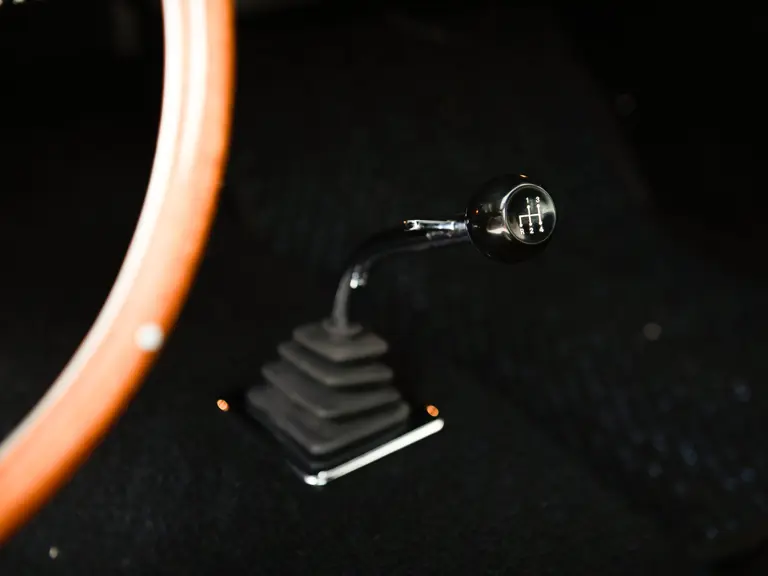
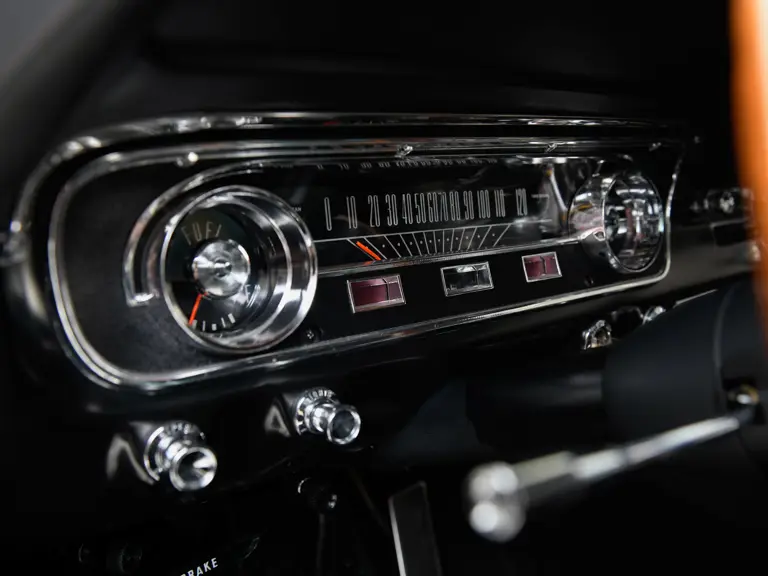
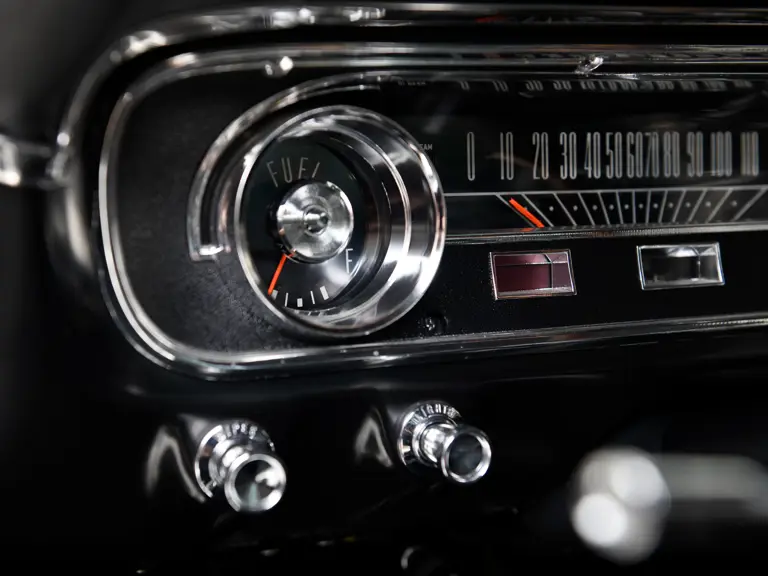
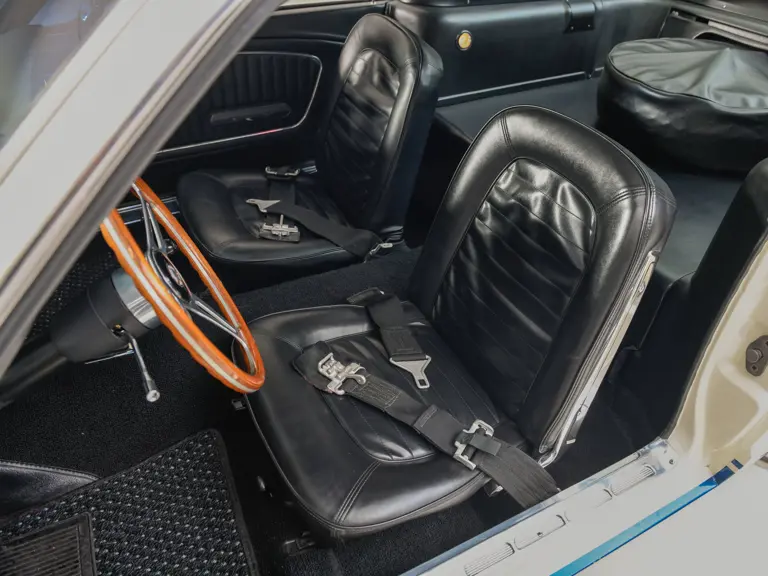
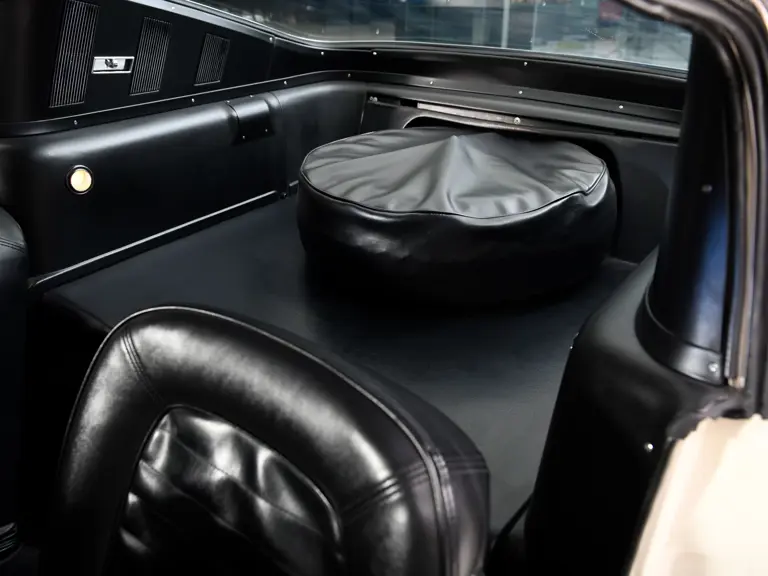
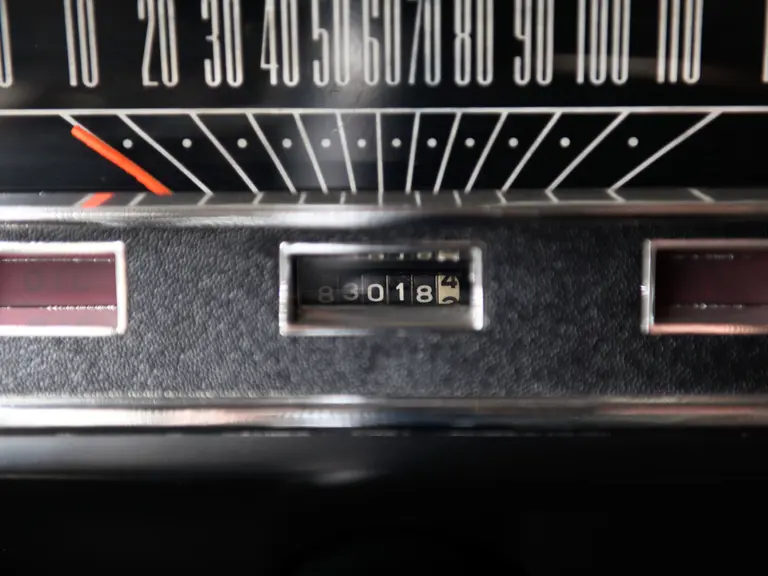
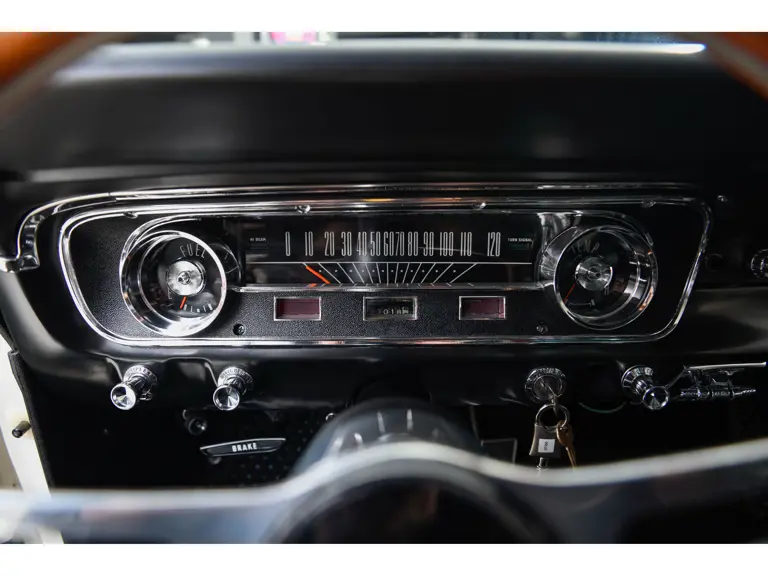

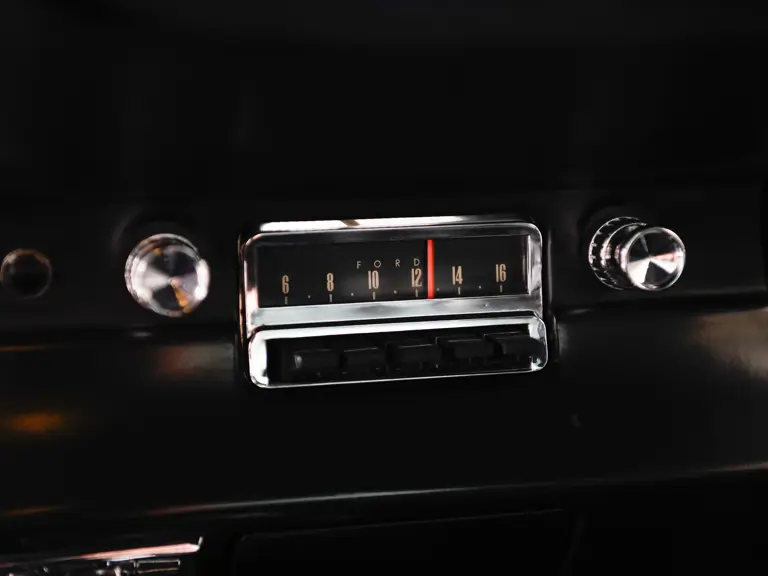
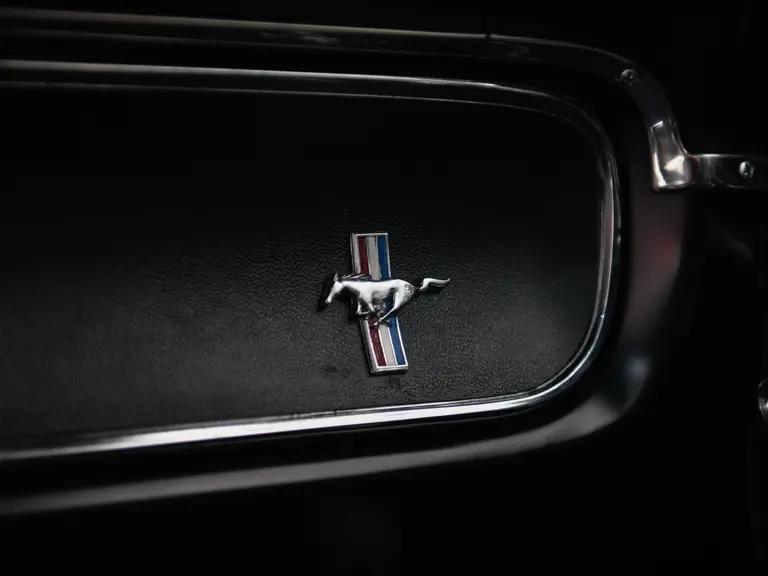
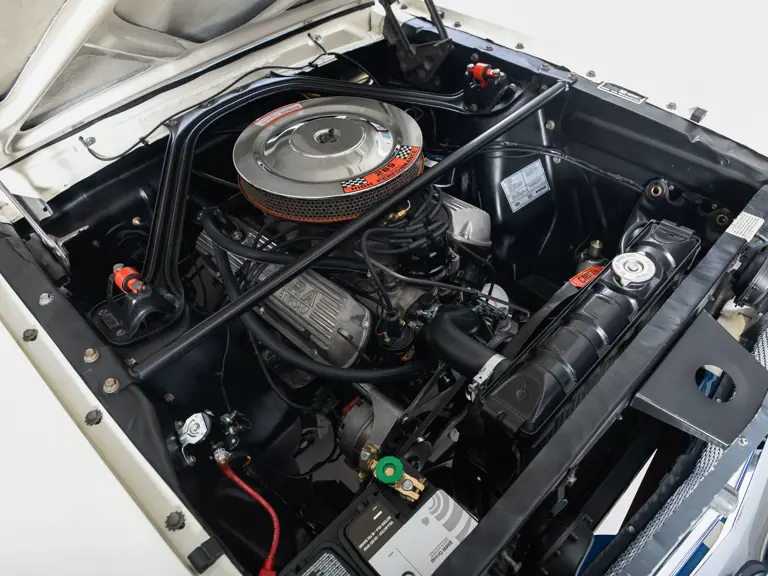
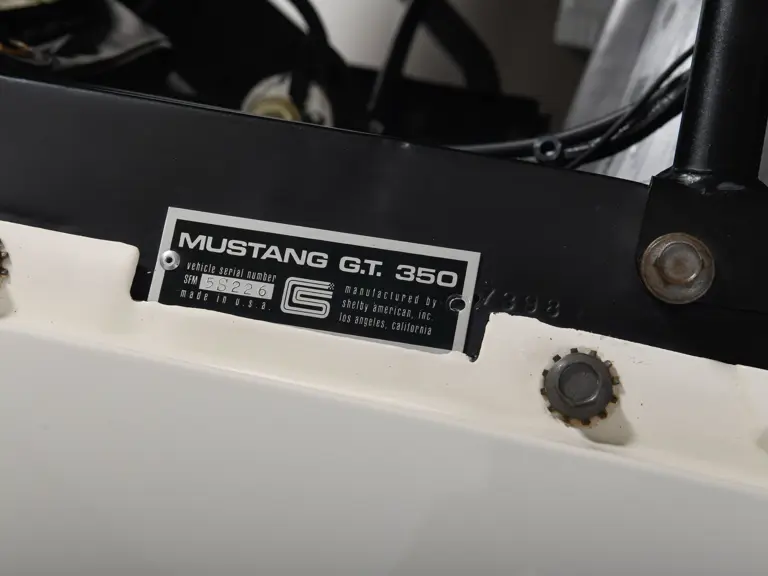

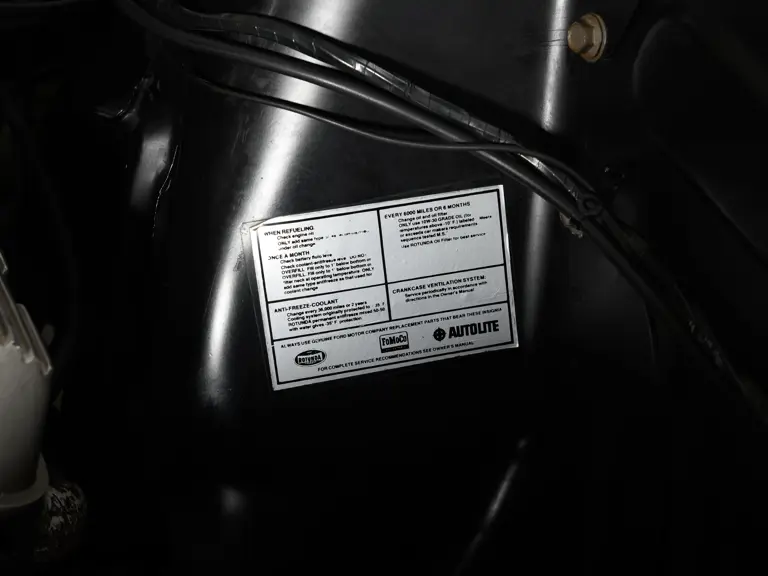
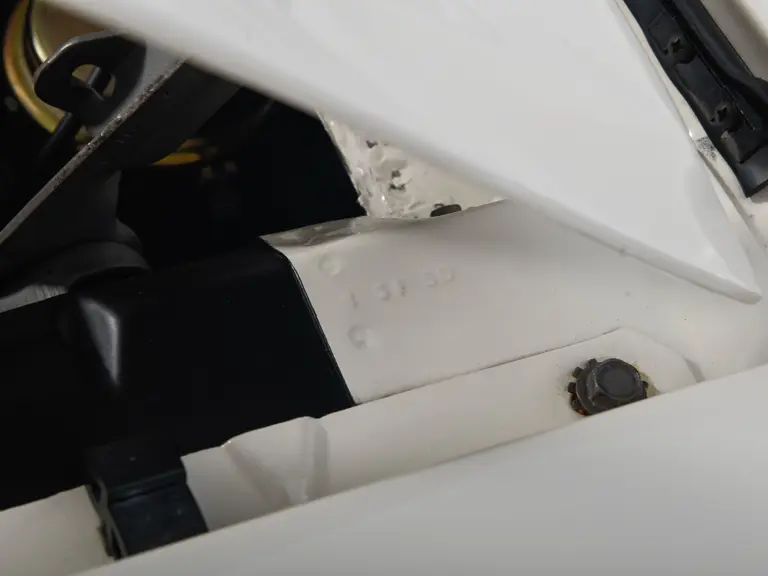
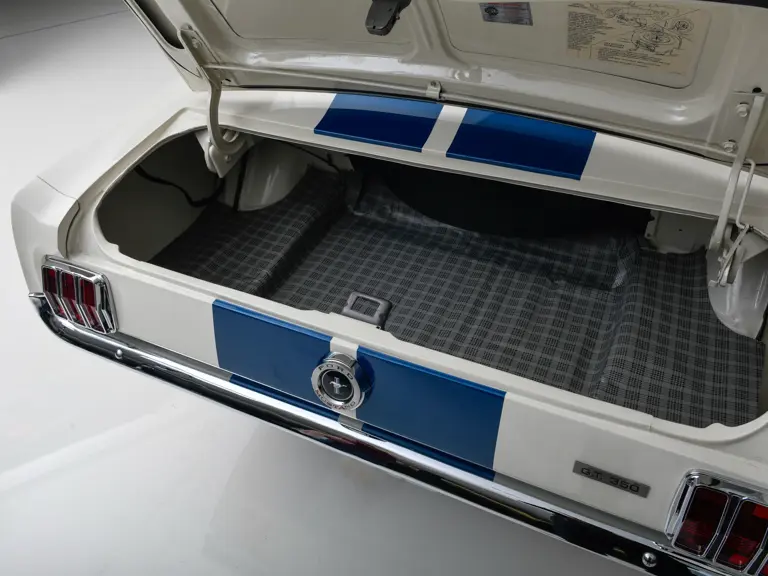
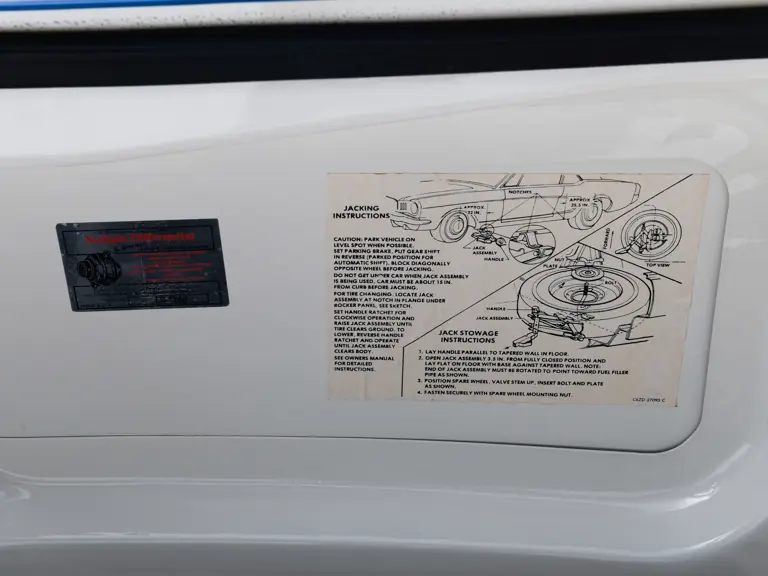
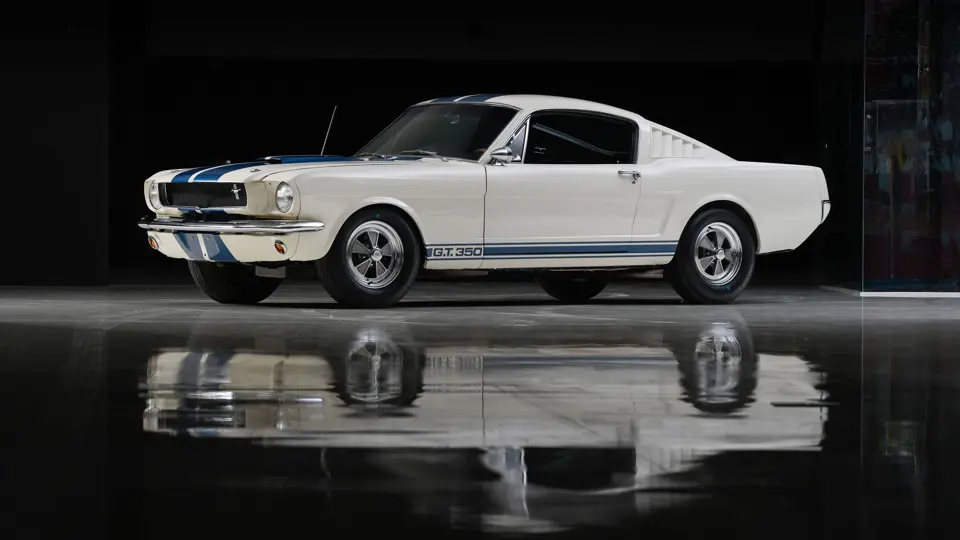
 | Toronto, Ontario
| Toronto, Ontario
